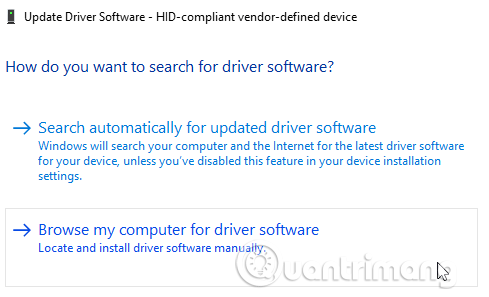

This is usually the result of installing an update from a source other than the device manufacturer. This method is easier than using command line, though not quite as easy as third-party software for those who are inexperienced computer users. With your computer’s device manager, you can see all of your computer’s components, such as processors and disk drives.
www.rocketdrivers.com/devices/biometric-devices
Although that’s true to an extent, it’s not exactly the case for all parts. Windows 10 comes packaged with a ton of drivers to make sure a new PC works enough to boot and work with basic functionality. However, those drivers usually aren’t ideal when it comes to high-end motherboards or discrete graphics cards. Sometimes, a driver update is faulty or causes another problem on your computer.
Picking Out No-Fuss Plans For Driver Support
You can also cause myriad other problems by installing incorrect driver updates, especially those that aren’t downloaded from original equipment manufacturer sources. No matter what specific problem your drivers might have, if you leave them without an update for long enough, it may cause more problems, be they minor or fatal to your computer system. Everyone wants their computer to run optimally, without lag or issue. When you keep your drivers up to date, this helps your connected components – such as your mouse, printer and keyboard – to continue working smoothly for you. Over time, you may notice that one of your peripherals begins having issues or stops working altogether.
This should also show you the date they were published, which is different from when it was last updated. From here you can review the drivers and determine if they need an update. You will also have to track down each driver update manually from a hardware manufacturer.
If you know how to do all of this, it shouldn’t take too long and gives you the most granular control over each driver. If you don’t want to manually check for driver updates every week or month for every single driver that exists on your computer, look for a program with a built-in scheduling function. With this, you can tell the software to check for updates daily or just once a month. This is also a handy feature for those who aren’t tech-savvy, as it just lets the software take care of everything in the background. We recommend setting it to run at night or another time when you won’t be using the computer so that it won’t bother you with installation.
- These types of programs can be temperamental at times due to all the different hardware and supporting drivers available.
- In fact, the only time you should be concerned about regularly updating your driver software is if you have a graphics card for gaming or for use with graphics-related software.
- The software can back up your existing drivers and restore them if a new update doesn’t go well.
- The demands of games and software for 3D modeling and video editing constantly increase.
Right-click on the device and clickEnable.ExclamationA black exclamation point (!) on a yellow field indicates the device is in a problem state. Note that a device that is in a problem state can be functioning.Red XA red "X" indicates a disabled device. A device’s properties window contains information and settings that are specific to that type of hardware. The settings that matter most for troubleshooting are the device driver settings. After right-clicking a device, selectPropertiesand click theDrivertab.
It allows users to view and control the status of hardware attached to the PC. Device manager is also an important troubleshooting tool which can help you troubleshoot issues with hardware devices. It displays all the hardware devices installed in your PC and allows you to manage the device drivers, view devices which are not functioning and disable specific devices . This last tool is not a driver backup and restore tool, but rather a very effective program for backing up only.
You will find information about the currently installed driver. Device Manager is a control panel applet in the Microsoft Windows operating system.
Inside Painless Products Of Driver Updater
The full version costs $29.95 and includes the restore option, driver updating and removal. It’s even worse if the computer belongs to someone else and they don’t have any idea what is on their computer, or even what a driver is sometimes. You’ll have to run third party software to identify the hardware components and search the manufacturer websites for the correct drivers. Some drivers such as display drivers from the likes of NVIDIA are very large in size (200MB+) and you’ll have to wait for them to download and then install. If you’re running Windows 10, chances are someone has told you that it’ll automatically download your drivers for you.
From here, you can click on and expand a category to see individual peripherals, then view their properties to view driver install dates and version numbers. Using the device manager yields the same result as a Windows Update but gives you slightly more granular control over individual components than third-party software would. If you’re an advanced user and your computer’s administrator, you can access your machine’s Command Prompt to get a list of all drivers installed on your computer.